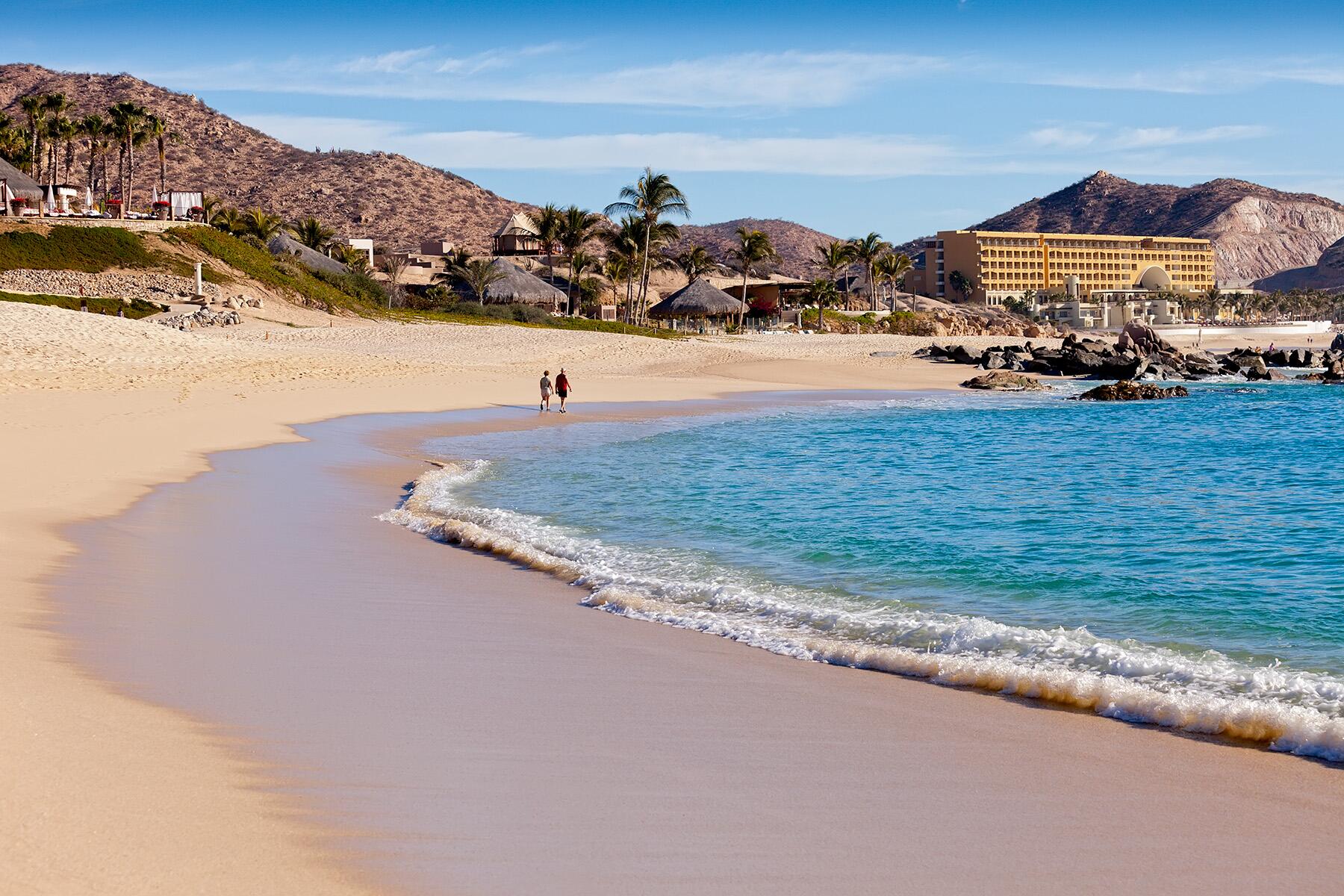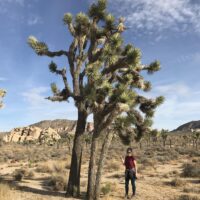Nature acts peculiar in these otherwordly lands.
Deserts are naturally pretty eerie places, with their loneliness and perpetuity. No one comes across a desert without feeling a few heavy feels and thinking a few profound thoughts, and sometimes even freaking out a little. Part of a desert’s mysterious charm is the reminder of yet another magical spot in the cosmos that forces humans to confront that we’re not only teeny crumbs of stardust, but that we also come up against our frailty and feebleness in the face of super scary and deadly wilderness. But most of this discomfort with the desert has to do with the sheer superlativeness of the place. The desert is huge! It’s really sandy and absurdly hot and sunny! There’s plenty of space, and yet the vibe is mildly-hostile-to-downright-unwelcoming! Why would anyone travel to the desert?
But intrepid travelers appreciate the lore and understand the appeal. Deserts across the world have their collected stories; it seems practically anything could happen against the rich backdrop of endless dunes, infinite skies, and curious bouts of bizarre flora and fauna. The desert is beautiful but intense, ripe with potential and ready for action. A storybook character could suffer many fates in this setting. Because deserts, contradictory and complicated, creep into our consciousness and beguile us with questions practical, supernatural, primal, scientific, and even existential. Deserts are really quite mysterious places, and weird non-human stuff goes on there.
Recommended Fodor’s Video
Despite their relatively meager size, some of the most bizarre and formidable deserts on earth are those of California. The Mojave, the Colorado (part of the larger Sonoran Desert), and the Great Basin make up the three deserts of the Golden State, and each sets the stage for peculiar, remarkable, and sometimes head-scratching phenomena. Follow along if you dare.
Did You Hear Something? The Sands Are Singing in the Mojave Desert
The Mojave Desert is distinguished by its Joshua trees, those alien-looking palm trees clawing at the sky. These trees, native only to the area, appear as a cross between a Christmas tree and a palm–but then twisted and smooshed. They are absolutely stunning and singular. Come to the Mojave for the boundless landscape and unique beauty, but run from the wailing song of landslipping sands. Because this desert has something to say.

The disquieting oddity of the Mojave National Preserve is its Kelso Dune Field. At 45 square miles and 650 feet at their tallest, the dunes aren’t just beautiful to look at. The natural sound phenomenon of the “Singing” or “Booming” Dunes of Kelso Dune Field’s five dunes is said to occur at 105 decibels, which registers in volume between a hairdryer and a car horn, but with a steady rumbling more akin to a grandpa’s grousing.
Singing Sands are a thing of freaky awe. First of all, in order to coax the dunes to “sing” its hum-like rumble, the dunes must be disturbed enough to “slump,” which is a very nice way to say “avalanche.” Slumps can be man-made by romping adventurers looking to sled or otherwise scamper down the dune’s surprisingly steep, crescent-shaped slopes, or wrought by powerful winds and storms. According to The National Park Service, “an audible vibration can develop when sufficient amounts of sand avalanche and compress the air within the moving sand.” But it’s not hard to understand what the sands are booming on about: “I could kill you if I wanted.”
I Think Something’s Moving Out There: Death Valley’s Sailing Stones
You would think you could trust rocks. They’re rocks. All they do is sit there. They’re usually of some heft, or at the least, sturdy. Inflexible, unyielding. Very dependable, ordinary rocks. But not all stones sit still–especially not the desert rocks residing in the eponymous Valley of Death. Death Valley desert rocks creep.

The Sailing Stones of Death Valley are a geological phenomenon in which rocks of all sizes slide along the valley floor, leaving trails as long as 330 feet–that’s the size of a soccer field!–without “animal intervention,” meaning these stones are fueled by their own wander/bloodlust. Though the pro-rock cohort might deem the stones neutrally nomadic, there’s something nefarious about an incredibly slow-moving weight that shows no sign of forced displacement. But rocks can’t just move, you might think with a nervous chuckle. Why, it must be the wind! Though some of these rocks could be mere paperweights in size, others are hundred-pound chunks of earth’s crust. But it gets even weirder: these non-sentient, non-mobile stones can suddenly pivot. Boulders can literally go left! The Sailing Stones of Death Valley have been studied for over a hundred years, and still, no one has actually seen a rock move. And yet…there they go.
In 2014, scientists surveilled the stones in order to “catch” the movement, and a timelapse video revealed the rocks moving when the weather gets cold. Using the video and GPS tracking on the rocks, scientists determined how the stone’s movement is “caused by wind stress on a transient thin layer of floating ice,” or a sort of glide-slide of rocks propelled by wind on a thin melting ice sheet.
It’s a wonder to see the trails; a stone’s wake has been measured as long as 1,500 feet. In this case, if you’re visiting the Sailing Stones of Death Valley, leave all stones unturned. Lest they follow you home.
What Could Go Wrong? The Great Basin Desert and the “Nevada Triangle”
The Great Basin Desert of California subverts expectations from the start as the only “cold” desert in the United States. Hot, dry summers are as typical as its bitter, snowy winters. Because nothing befuddles the mind more than paradoxes, and nothing instantly feels more contradictory than “cold desert.” But the oddities of this area aren’t just in climate.

Just as the Atlantic waters between Florida, Puerto Rico, and Bermuda are known as the “Bermuda Triangle,” the “Nevada Triangle,” the Great Basin’s mountainous sister site to its murdery sea, similarly swallows chance aircraft flying over its region. Though the exact number is unknown, it’s assumed that over 2,000 aircraft have been lost to the underpopulated 25,000 square miles of the Nevada Triangle in the past 60 years–that’s around three disappearances a month–and many have never been recovered.
What causes the aircraft abduction? Scientists say “wild wind conditions” having to do with “the Jet Stream running perpendicular to the mountains” but I think we’ve all learned better by now. California’s deserts offer up all sorts of perplexing occurrences ripe for inciting incidents. But just because the story has a hook doesn’t guarantee a satisfying ending. Deserts don’t owe you any answers.




